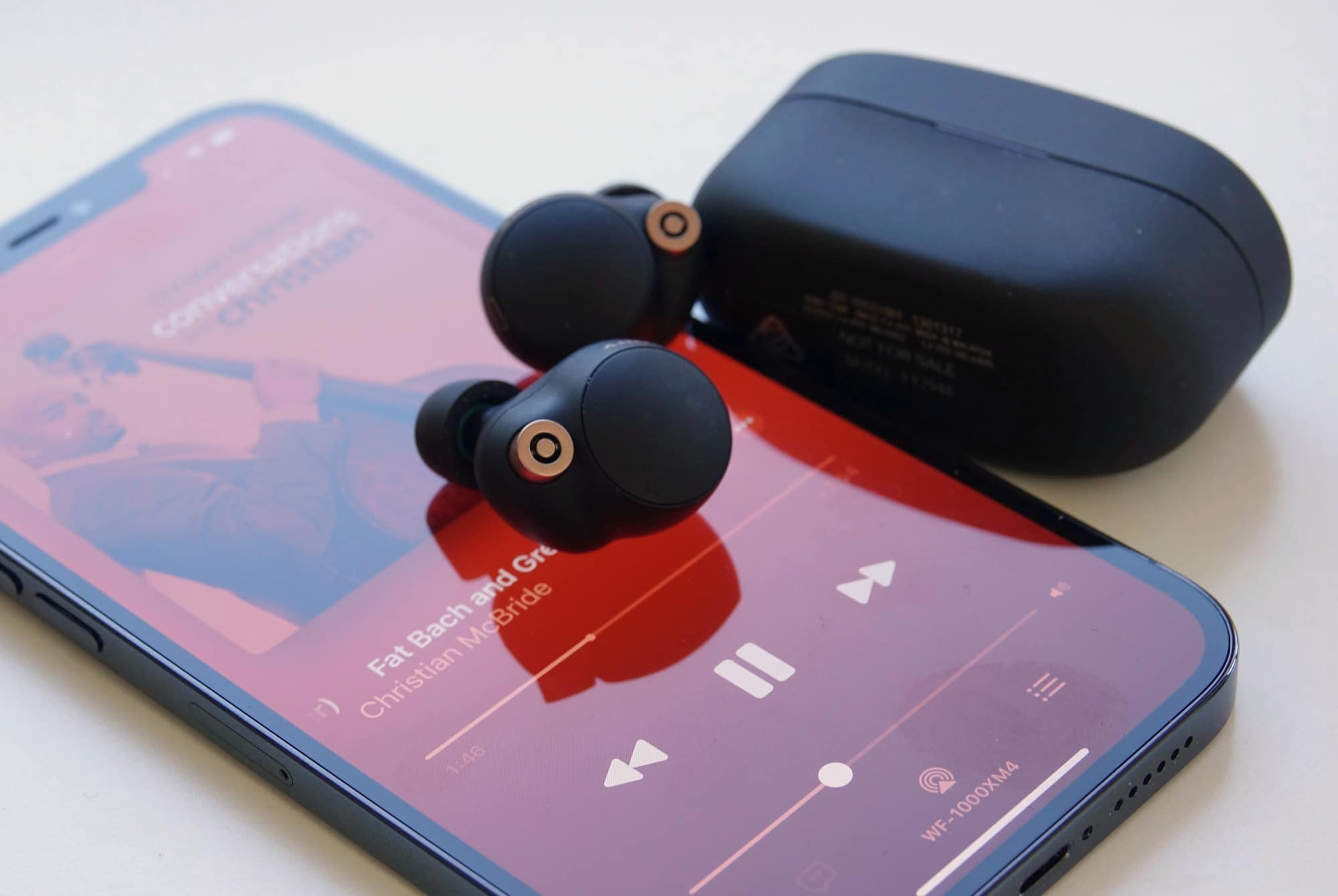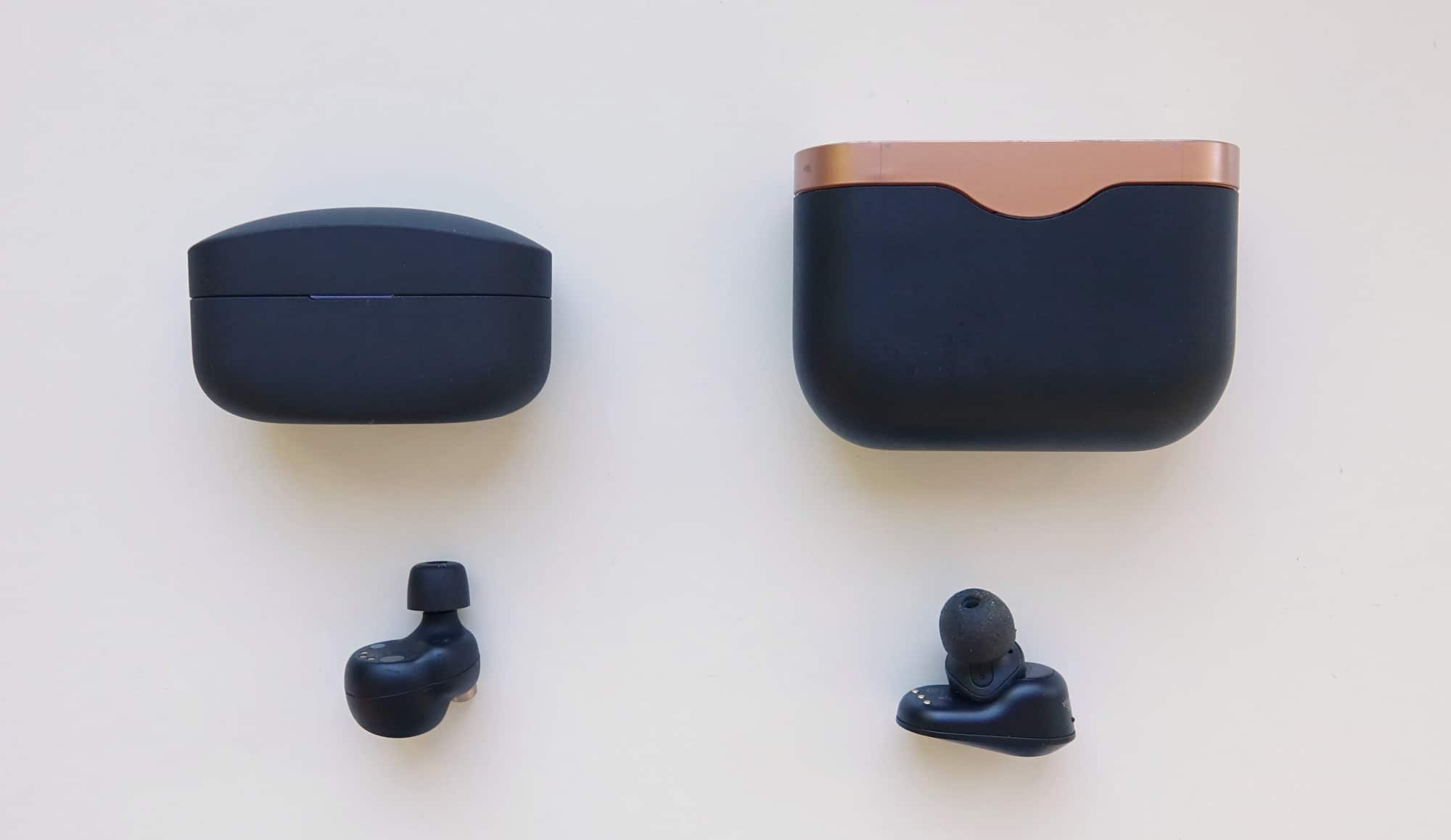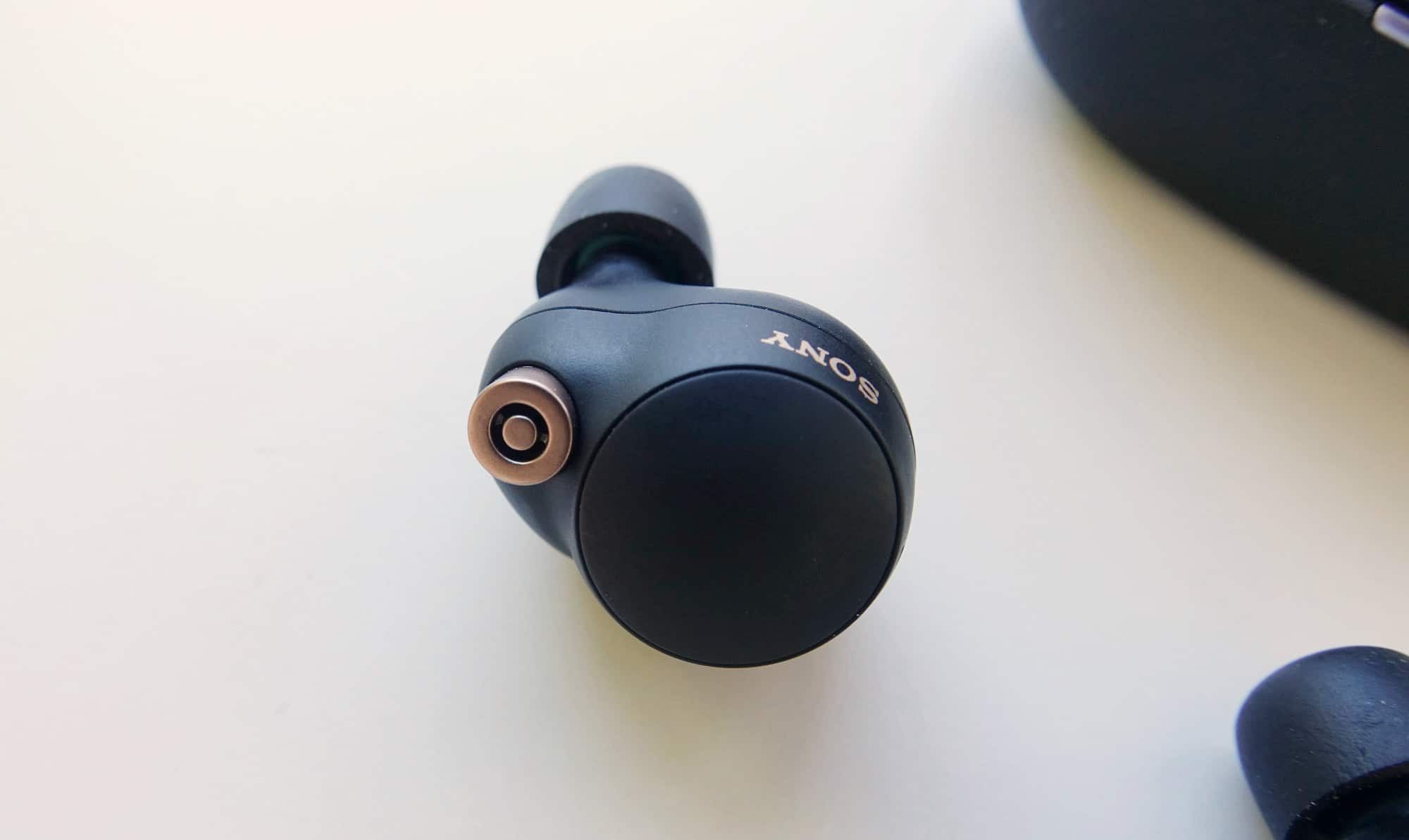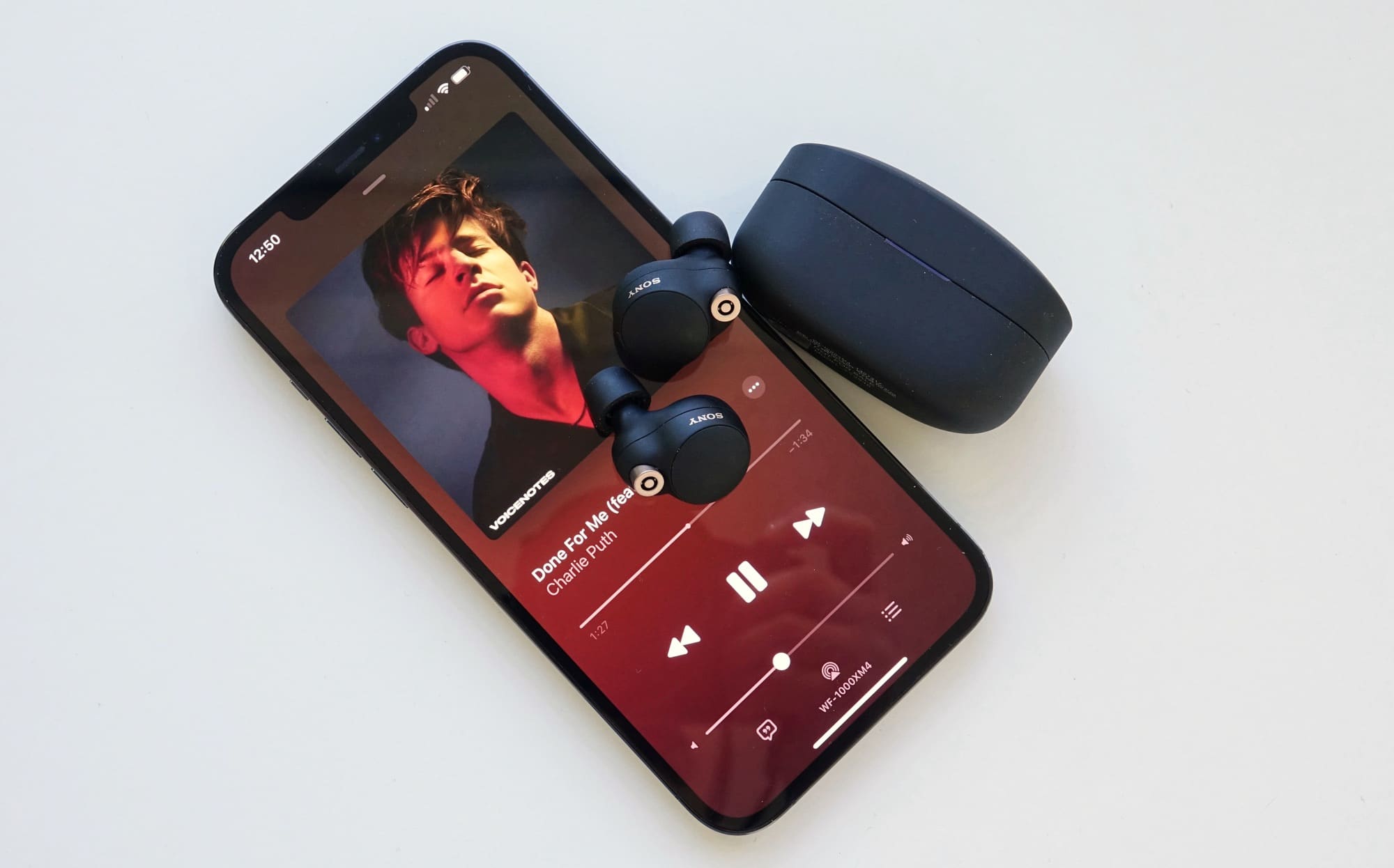The truly wireless world of earphones sees competition heating up as Sony updates its 1000XM3 to a more impressive 1000XM4.
If you decide to move to a world of wireless earphones to listen to what’s on your phone, it’s pretty clear you have a lot of choice.
You can spend as little as $80 and as much as above $500, and the assortment of features for what you get can vary wildly, too: noise cancellation, water resistance, high-resolution audio, etc, etc, etc.
There are a lot of factors that go into making a pair of earphones what they are, but there might only be two that genuinely matter for most people: sound and battery life.
Those have been areas we typically grade heavily on, and explain why for the last two years, one pair of earphones has stood out here at Pickr: the Sony WF-1000XM3 noise cancelling in-earphones.
While they were a little bigger than other earphones, and there has been strong competition from other brands, including Apple’s AirPods Pro and Bose’s QC Earbuds, Sony not only delivered performance and battery life, but also found ways to tweak things gradually over the years. All three of these were excellent and are still excellent today, but we consistently have Sony’s WF-1000XM3 getting our highest marks at the end of the year.
This year, that might change, because the WF-1000XM3 is no more. This year, Sony is upgrading to a new model, as the WF jumps up a model like its big headphones did last year, becoming the WF-1000XM4.
What is the WF-1000XM4, and what makes it different from its predecessor?
Smaller and featuring more of pretty much everything Sony had worked on previously, the WF-1000XM4 looks to impress in much the same way as the XM3 did previously. It’s a little like how the Sony WH-1000XM4 headphones overtook the excellent WH-1000XM3 headphones before them.
There’s a new shape designed for a better fit, with Sony using decades worths of research to develop an earphone that the company says matches the ear cavity for a more stable fit, while the earbuds tips have also be changed, as well.
The new tips of the XM4 are made from a foam material that’s soft and elastic to provide a better fit with improvements to noise isolation, because passive noise cancellation can be just as important in a pair of noise cancelling earphones as the processor handling the active side.
On the active noise cancellation side of the WF-1000XM4 — because these are still noise cancelling earphones — there are two noise sensor microphones in each ear, one for forward noise and the other for back, with all of this analysed and not heard, and then processed by Sony’s new chip, the Sony Integrated Processor V1.
According to Sony, the new chip takes what worked on previous generations with the QN1e chip and does things a little better, while also using less power than its predecessor.
And that chip will also takes what worked on previous generations with the QN1e chip and takes what worked on previous generations with the QN1e chip and does things a little better, while also using less power than its predecessor.
The new chip will also help out with sound, supporting High-Resolution Audio Wireless when the earphones are set to priorities on sound quality, meaning high-res sound from the likes of Tidal, Apple Music, and possibly Spotify in the coming months can be heard wirelessly. Like the previous generations, Sony’s Digital Sound Enhancement Engine — DSEE Extreme — will upscale music in real-time, providing detailed sound for your ears.
All of that sits inside of an earphone delivering a newly designed 6mm driver in each side designed to improve performance, while Sony brings some of the features from its over-ear WH-1000XM4 headphones to a smaller space. You’ll find the speak-to-chat technology working here, as well as the quick attention allowing you to hear the transparency mode temporarily when you hold your finger over the left earbud.
Adaptive Sound Control is also here, using the GPS in your phone to let your noise cancelling modes kick in at different times dependent on where you are, and a proximity sensor can engage in much the same way as how taking off headphones typically pauses the music.
They’re also IPX4 water resistant, as well as being smaller and lighter, fitting into a charging case that’s thankfully nearly half the size of the original, while the earphones are 10 percent smaller than the WF-1000XM3. And there’s even more battery life, with eight hours of charge in the earphones and 16 in the case, effectively bringing 24 hours of life, while the case itself supports both USB Type C and Qi wireless charging.
Priced at $450 in Australia from mid-July, the Sony WF-1000XM4 may just shake up the market again, so what are they like and how do they sound?
Hands-on with Sony’s WF-1000XM4
We’re getting these a little ahead of everyone else, so these impressions are more of a preview rather than a review, but upon first glance, Sony’s latest is poised to compete, delivering a total change rather than a minor refresh.
It’s a bump that’s noticeable when you take them out, with a design that feels like it sits in the crevice of your ears more clearly than the large protrusion of the XM3, which were nice, but felt a little like shortened boom mics on each side.
The WF-1000XM4 are much smaller, and yet sound identical upon first glance. There’s a strong balance across the tonalities and that hint of warmth we typically find in Sony headphones.
Even the ear tip material is a welcome change. We normally opt for foam because it responds to ear shape by sealing nicely, but you’ll find the silicone-foam blend does the same job and comes in the box. It’s a win.
We clearly need more time spent with these earphones, and anticipate a full review shortly, but for the moment, it’s pretty clear the Sony WF-1000XM4 earphones are in prime position to make the best noise cancelling earphones even better.











